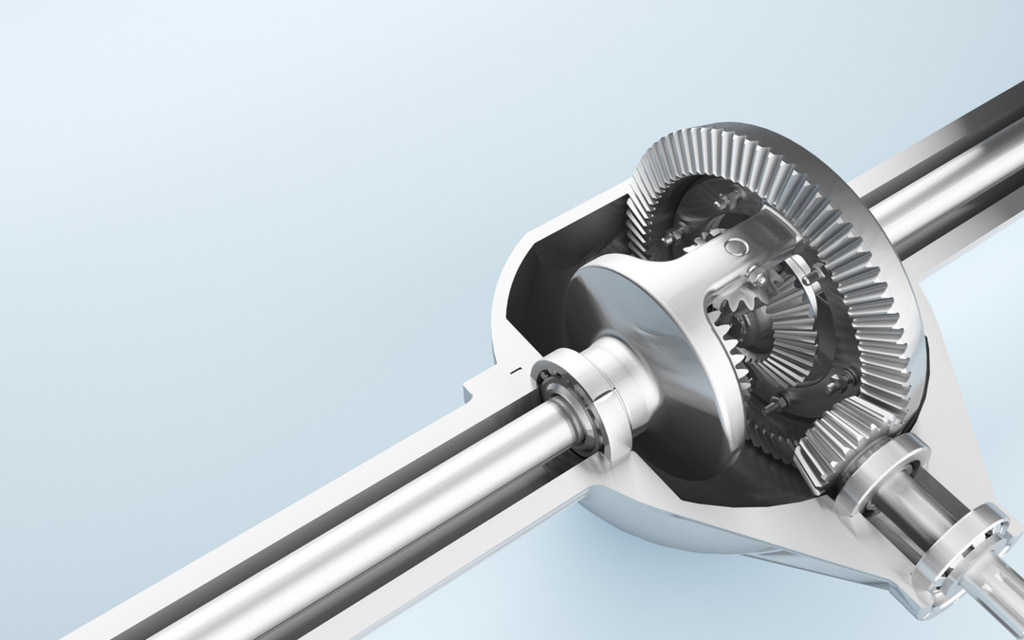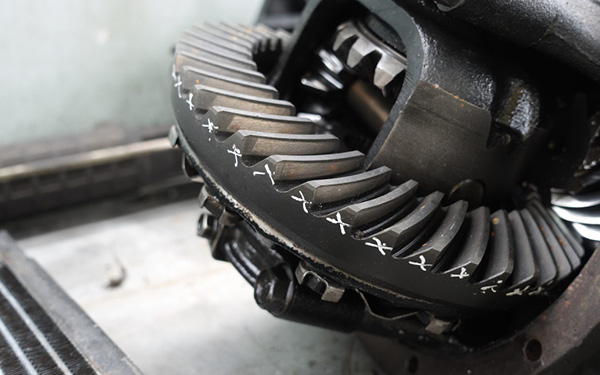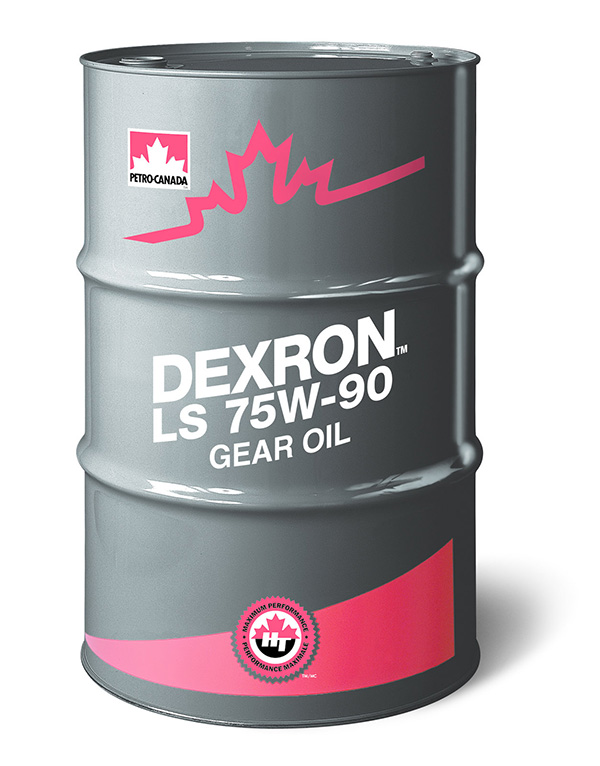Just like the engine and transmission, the differential oil change is essential, as this lubricant is required to be able to function without malfunctions or strange noises.
The differential has the task of allowing the transfer of rotational force to a pair of axles that do not rotate at the same speed. This is useful to compensate for the difference in distance that one wheel travels compared to the other in a curve.
According to the manufacturer, front and rear differentials usually use the same type of fluid, unless there is a transaxle built into the front differential. In this case, the front differential will use synthetic oil, while the rear differential will use a much thicker oil.
In either differential, the oil is responsible for preventing metal-to-metal contact between the gear teeth.
When should you do a differential oil change
Let us clarify how often to change the differential oil, specifying whether it is the front or rear differential.
How often to do the front differential oil change
Ideally, consult the owner’s manual and change as suggested by the manufacturer. However, most manufacturers recommend changing the fluid at 25,000 to 30,000 mile intervals.
If your front differential has an integrated transaxle, it is advisable to change the differential oil every 20,000 miles. Do not forget that, in this case, the transaxle will also need to be replaced after draining the old fluid and inserting the new one.
How often to do the rear differential oil change
Again, your vehicle owner’s manual is the best source for determining the proper interval to change the rear differential fluid. Generally, most automobile manufacturers suggest changing the fluid after at least 30,000 miles, although some may allow up to 50,000 miles.
The process of differential oil change can be somewhat complicated. It is highly recommended that you take your car to a qualified mechanic and let him or her handle the task.
About limited-slip differential gears
In traditional differential gears, the same torque is transmitted to both wheels, regardless of traction conditions. Therefore, if one wheel is on a surface with such low traction that the torque applied exceeds the traction, that wheel will slip and spin until it is twice the speed of the crown wheel and until the other wheel has stopped spinning.
At that point, all power will be directed to the spinning wheel and there will be no power to the driven wheel. To solve this, locking and limited slip or torque biasing differential gears have been developed.
The limited slip differential gears found in passenger cars all operate on the same principle. Clutches are inserted between the side gears and the housing.
When the clutches are engaged, they lock the side gears to the case and prevent the action of the differential gear. Both stacked disc and bevel clutches are used for this purpose.
Make sure your mechanic uses our Petro Canada products
It is not only important to get the timing right for the differential oil change, it is also important to choose the right product.
Our DEXRON® LS (Limited Slip) 75W-90 gear oil is more than a synthetic lubricant for extreme pressure automotive axles. It is an investment in your vehicle’s longevity and performance.
Specifically formulated for General Motors vehicles, this revolutionary product provides exceptional, long-lasting anti-wear protection that extends the life of your equipment.
Nevertheless, that is not all; it also reduces downtime and maintenance costs, ensuring optimum performance all year round.
In addition, as an API GL-5 grade product, it meets GE’s requirements for standard 9986290 (or GMW16445). Therefore, when you choose our DEXRON® LS 75W-90 gear oil, you are choosing excellence, reliability and peace of mind – choose what is best for your vehicle when it comes time to do the differential oil change!
Finally, do not forget to also consult our guides on:


